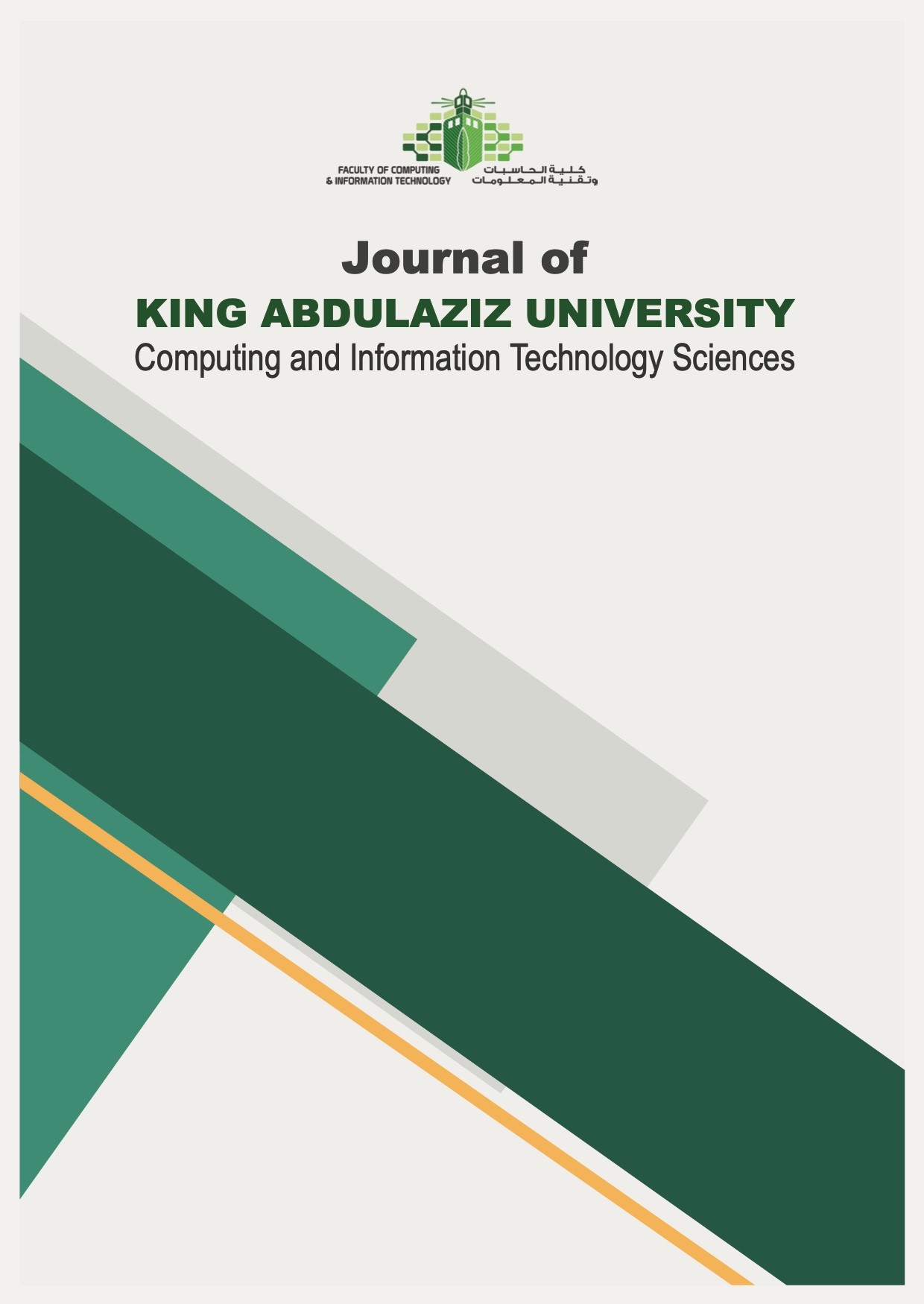Core-Periphery Detection of Health Message Campaign on Social Media During COVID-19
Main Article Content
Abstract
Health communication is an essential factor to control pandemics and outbreaks. Social media is one of the prominently used channels for health communication during the recent pandemic, COVID-19. The identification of the key players of a communication network can play a crucial role in the success of health communication. Different studies identify the key players using social network analysis methods. However, most of them focused on trending hashtags generated by the users, not on a hashtag launched officially by a health organization. This research aims to conduct a social network analysis on an organized health awareness campaign launched on Twitter by the Saudi Ministry of Health called "Natawan ma Natahawan", meaning cooperating not neglecting, that is, this health message campaign aims at encouraging people to cooperate and not relax in implementing preventive measures. 40108 tweets from the hashtag were collected using Twitter API. Two types of analysis were conducted: network property analysis and core-periphery detection. As a result, we found that the users of the network are closely connected but have much fewer connections than expected. Moreover, only four users were identified as key players on the network. All four nodes are trusted parties, as two of them are the campaign launchers, and the other two are official accounts that support them. This structure, i.e., the leadership of the network by trusted parties, enabled the control of the health message communication and limited the spread of the misinformation within social media users during the campaign.

